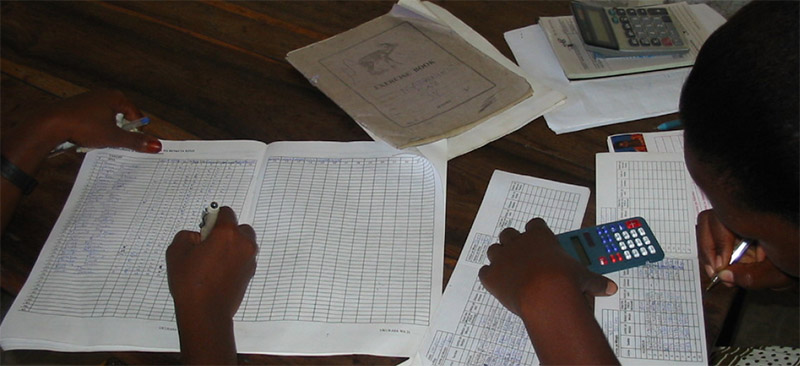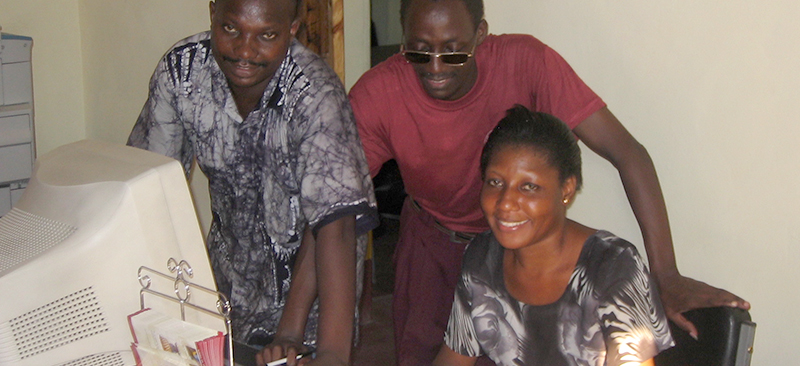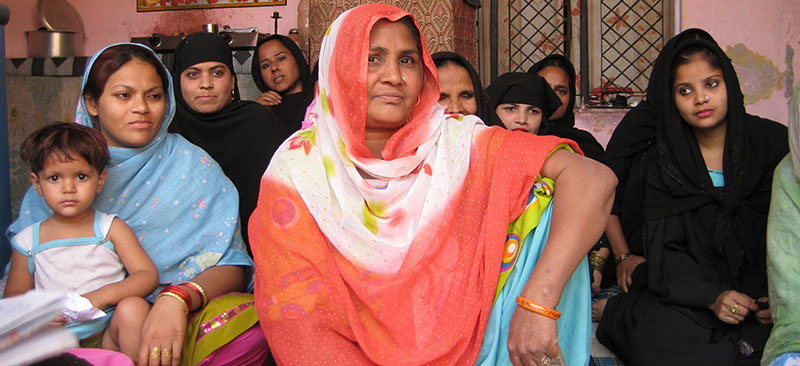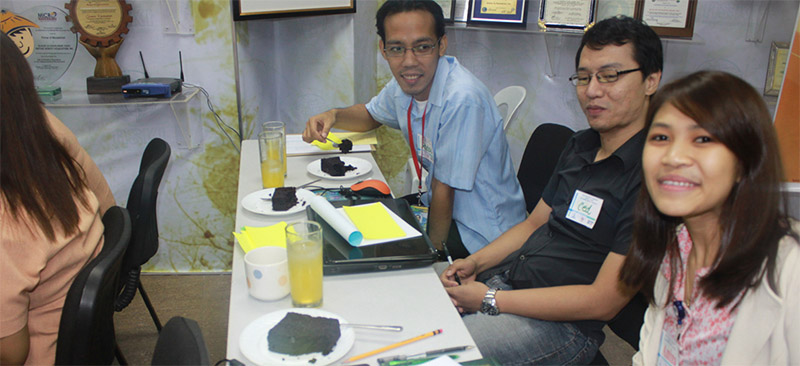Many entrepreneurs in developing countries find it difficult to expand their businesses because of limited investment capital. This note looks at Microleasing and outlines how leasing helps clients and financial institutions overcome the above difficulties. This note briefly discusses the constraints to microleasing in developing countries in view of the legal and regulatory environment, weak economic conditions, institutional factors and client related factors. It shares the experience from two African Leasing Schemes – FINCA Tanzania, East Africa and GIE Hari Goumo in Timbuktu, Mali. It explores the challenges which MFIs engaged in microleasing schemes may face. Talking about the lessons and opportunities in Microleasing the present note states that microleasing initiatives require strategies to manage operating risks and thereby lists some of the possible strategies.
Blog
The New Loan Arrangements
Changes to loan arrangements attracted attention when Grameen II was announced in 2002. The ‘flexi’ loan – a system for quickly rescheduling loans in repayment arrears – aroused concern: Grameen’s loan portfolio was known to have been weakened by floods and other problems in the 1990s, so some worried that wholesale rescheduling of loans would make things worse rather than better. However, this did not happen. This note describes the new loan arrangements and how staff and borrowers have reacted to them. (The analysis of the bank’s financial performance is in another Note in this series, No. 4.)
Strategic marketing for microfinance institutions
Outlines a framework comprising three primary strategies focusing on: Corporate Brand and Identity, Competitive environments; which is particularly important in Product Strategy, development, costing/pricing and sales/promotion; and Product Delivery which encompasses product and Customer Service Strategy, which focuses on how and where products are delivered and customer experience. These strategies and the supporting activities are informed by careful research based on generates four standard information packages – Market Analysis, Competitor Analysis, Customer Analysis and PEST Analysis.
Process mapping in practice
This paper summarises the experience that MicroSave has gained in process mapping through working with its Action Research Partners. It highlights key benefits, which can be achieved through process mapping. It presents brief case studies detailing the experience of Tanzania Postal Bank and Equity Bank in Kenya. Finally it provides tips on how to overcome common challenges faced during the process mapping exercise.
Member Savings
India has a vast banking network in the world. This note discusses about recent trends in the microfinance sector in India, which places a focus on efficiency, sustainability and need based product diversification. It provides evidence of existing gaps in Indian financial sector in meeting the financial needs of poor people through various studies. This note also gives learning from Indian experience in order to create an inclusive, competitive and vibrant financial system that offers high quality, client-responsive products and services to all sectors of society on a commercial basis.
Implementing Risk Management at MicroSave’s Partner Microfinance Institutions
Recognising the need for proactive risk management the present note throws light on risk management in MFIs. It is based upon a study undertaken by MicroSave and ShoreBank on the current status of risk management in four of MicroSave’s Action Research Partner (ARP) organisations. The note describes the risk identification process, management and measurement of risks. It addresses issues like – managing risks and the process of institutionalising risk management, monitoring of risk management programme. The note suggests that the Microsave’s “Toolkit for Institutional and Product Development Risk Analysis” if rigorously applied, will help in the early detection and management of risks, especially in the development of new products.





